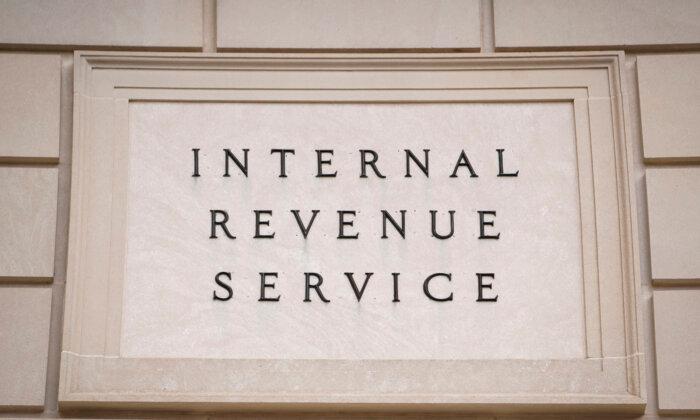Housing supply in the United States improved last month amid a stagnation in sales, with pricing being a key reason for the stale market, according to real estate brokerage Redfin.
“A major reason for the jump in supply is a pileup of unsold homes, many of which buyers have deemed undesirable because they seem overpriced.”
In November, 54 percent of listings for sale sat on the market for a minimum of 60 days without receiving any contract, up almost 50 percent from a year ago. This is also the highest share for any November since 2019.
When homes went under contract, they did so in 43 days—the slowest pace for November since 2019.
Among the top 50 U.S. metros, Miami had the highest share of listings that sat on the market for 60 days or longer without going under contract at 63.8 percent. This was followed by Austin, Texas; Fort Lauderdale, Florida; and San Antonio, all of which had shares above 60 percent.
According to Redfin, Texas and Florida have been building more homes than any other American state, leading to inventory buildup.
In Florida, elevated insurance costs, surging homeowners’ association expenses, and natural disasters are making prospective buyers hesitant about the market. Of the five metros that saw the biggest year-over-year increases in active listings in November, three were in Florida.
Meanwhile, Meme Loggins, a Redfin Premier real estate agent in Portland, Oregon, said that a “lot of listings on the market are either stale or uninhabitable.”
“There’s a lot of inventory, but it doesn’t feel like enough,” she said.
“I explain to sellers that their house will sit on the market if it’s not fairly priced. Homes that are priced well and in good condition are flying off the market in three to five days, but homes that are overpriced can sit for over three months.”
Despite homes for sale being at a four-year high, there continues to be a shortage when compared with demand.
Single Family Homes, Mortgage Rates
While active listings rose in November, permits for single-family homes remained flat. Carl Harris, chairman of the National Association of Home Builders (NAHB), attributes the trend to builders facing mixed market conditions, including elevated mortgage rates and the results of the U.S. presidential election promising regulatory relief.“NAHB is forecasting single-family starts to post a slight increase in 2025 as the financing conditions for builders improve modestly,” said NAHB Chief Economist Robert Dietz.
“The significant decline for apartment construction is forecasted to end, with that market stabilizing during the second half of next year.”
“While a slight improvement in new and existing home sales is encouraging, the market remains plagued by an overwhelming undersupply of homes. A strong economy can help build momentum heading into the New Year and potentially boost purchase activity,” he said.
All eyes are now on the Federal Open Market Committee’s meeting set for the end of this month.







